Remembering Chevrolet’s personal luxury coupe.
By the late 1960s, the era of the Detroit Big Three personal luxury coupe was in full-swing. In September 1969, Chevrolet introduced its own take on the theme in the form of the Monte Carlo, a stylish two-door meant to go head-to-head with Ford’s Thunderbird. Though the Chevrolet Monte Carlo drove into the automotive sunset in 2007, the model soldiered on through six generations and 30 model years, a noteworthy achievement worth recognizing on the car’s golden anniversary.
The Monte Carlo wasn’t GM’s first attempt at a personal luxury coupe. Oldsmobile’s Toronado debuted in 1966, and Pontiac’s own Thunderbird-fighter, the Grand Prix, arrived for the 1969 1962 model year. Chevrolet did what it could to distance the Monte Carlo from the offerings of other GM divisions, but both the Monte Carlo and the Grand Prix shared a 116-inch wheelbase A-body platform. The Chevrolet excelled in value, launching at a base price of $3,123, enough to undercut the Thunderbird by $1,838 and the Pontiac by $862.
Chevrolet sold the Monte Carlo on more than just price. In it own words, the coupe offered “Elegant prestige car styling… dramatically emphasized by the longest hood ever produced by Chevrolet; Rich front end look with bright precision-cast grille…; Premium-quality interior trim and appointments; Rich simulated wood burl accents on instrument panel and steering wheel; and Deep-twist carpeting on floors, lower door trim panels, and lower edge of front seat back.”
That styling, signed off by Chevrolet chief stylist David Holls and then-general manager Elliott Estes, was reportedly influenced by the sixth-generation Cadillac Eldorado, which debuted for the 1967 model year.
The following year, 1971, a two-month labor strike impeded Monte Carlo production, but Chevrolet still delivered 112,599 examples to buyers. This was the final year for the four-speed manual (though it re-appeared as a one-year option in 1978, corresponding with the launch of the third-generation cars), as it no longer fit with Chevrolet’s vision of a personal luxury car and likely had a low take-rate among buyers.
The first generation cars ended after the 1972 model year (during which 180,891 Monte Carlos were sold), and Chevrolet had a proven winner in its stable.
The restyled Monte Carlo’s second-generation ran from 1973-’77 and carried over the full-size A-body platform, now dressed as a pillared “colonnade” coupe with rear side opera windows. The 350 two-barrel remained the standard engine outside of California, where the four-barrel 350 was the base for emissions reasons. The 454 V-8 remained an available option, and though the SS 454 package was dropped after the 1971 model year, buyers could still order wider tires, a performance axle ratio and a “Special” suspension with revised spring rates and dampers.
The third generation Monte Carlo, which debuted in 1978, came with big changes. In response to rising gas prices and tightening Corporate Average Fuel Economy requirements, a smaller rear-drive A-body platform underpinned the cars, which lost nearly 13 inches in overall length and nearly eight inches in wheelbase. The revisions helped the Monte Carlo shed over 800 pounds, and for the first time in the model’s history, a V-6 engine (initially, Buick’s 3.8-liter V-6) replaced the standard V-8. The 454 V-8 was dropped, leaving a 305-cu.in. V-8 (rated at 145 hp and 245 lb.ft. of torque) as the most powerful engine option for 1978. This could be mated to a four-speed manual transmission, but only during the introductory model year.
Chevrolet’s fourth-generation Monte Carlo arrived in 1981, featuring a restyling meant to improve aerodynamic efficiency and with it, fuel economy. A V-6 remained the default engine choice, but buyers could still select a V-8 , and in 1981, a turbocharged V-6, rated at 170 hp and 275 lb.ft. of torque was the high-performance option. This was dropped in 1982, and buyers were left with the 3.8-liter V-6, the 4.4-liter V-8 (except California, where the 5.0-liter V-8 was the option), and a 5.7-liter diesel V-8, borrowed from Oldsmobile. This engine was dropped in 1985, midway through the fourth-generation’s eight year production run.
Following the 1988 model year, the Monte Carlo was discontinued, dropped in favor of the upcoming Lumina coupe, which debuted in 1990. That lasted until 1995, when Chevrolet rebranded the Lumina coupe as the Monte Carlo, marking the first time this model was driven by the front wheels. The standard engine was 3.1-liter V-6, rated at 160 hp and 183 lb.ft. of torque, though a higher-output, double overhead-camshaft 3.4-lter V-6 was available in Z34 models from 1995-’97, rated at as much as 215 hp and 220 lb.ft. In 1998, this engine was replaced by a 3.8-liter V-6, which produced 200 hp and 225 lb.ft., and lasted until fifth-generation Monte Carlo production ended in 1999.
The sixth-generation, launched in 2000, was a heavy restyling of the previous model, one that looked to the past to borrow design motifs such as the “knight” model badging and vertical taillamps, The base engine was a 3.4-liter V-6, rated at 180 hp and 205 lb.ft., while SS buyers received the same 3.8-liter V-6 – with the same output – used in the previous generation, In 2004-’05, the Monte Carlo could be ordered in SS Supercharged trim, completed with a blown 3.8-liter V-6, good for 240 hp and 280 lb.ft. This was dropped in favor of a 303 horsepower 5.3-liter V-8 in 2006, and this powered the SS versions for the Monte Carlo’s last two years on the market.
Monte Carlo sales had been declining since 2003, and by 2006 totaled just 32,567 units annually. In February 2007, Chevrolet announced its decision to once again drop the Monte Carlo from its lineup, and on June 19, 2007, the final two examples rolled off the Oshawa Car Assembly line.







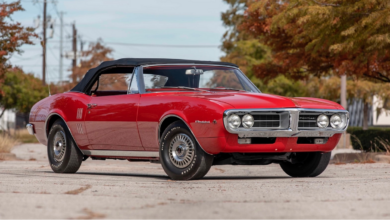
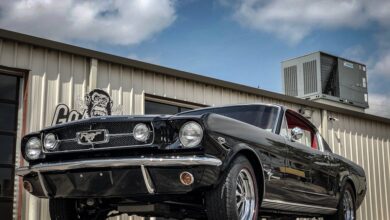
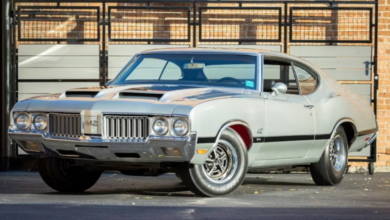
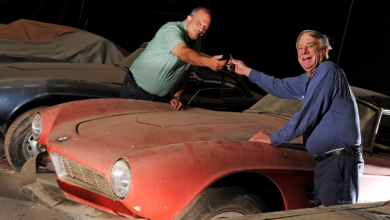
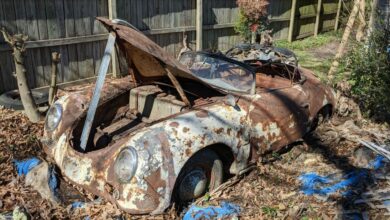
I constantly emailed this weblog post page to all my contacts, because if like to read
it next my friends will too.